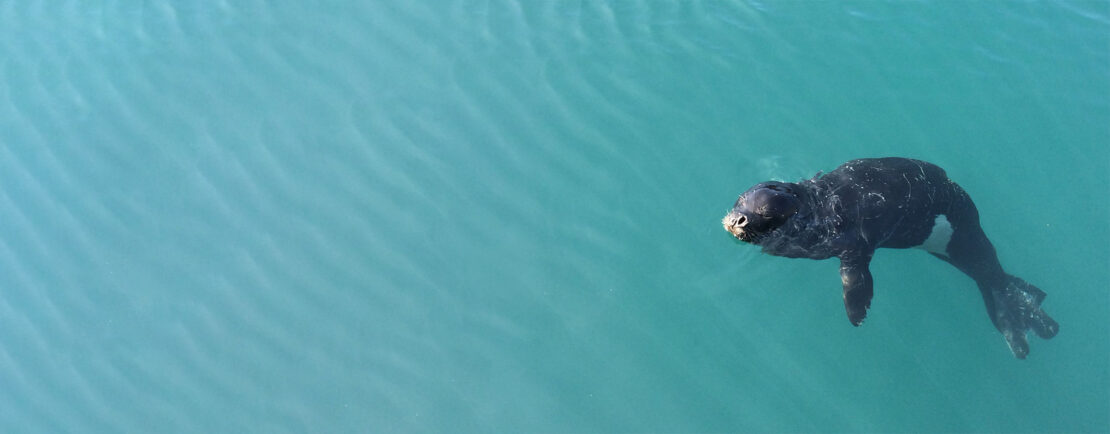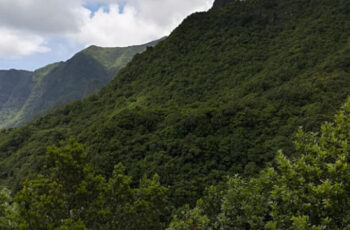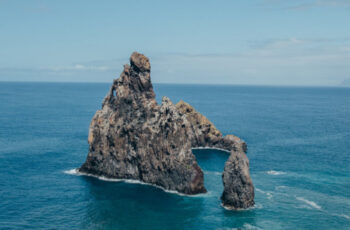Fish pots forbidden in Desertas Islands to protect sea lions
The Regional Legislative Decree that defines the new legal regime for the Wild Islands Nature Reserve has just been approved by the Government Council. The objective is essentially to prohibit the placement of traps, a fishing art that endangers sea lions, in particular juveniles, who are attracted by the fish caught in the trap and can become trapped and cause their death. It has recently been shown that this trap fishing gear is one of the factors that have the greatest impact on the mortality of sea lion pups. In this way, it is important to create conditions for this threat to be totally excluded from areas where the species reproduces and where the juveniles carry out their first feeding episodes autonomously. In addition to banning the placement of fish pots, the decree provides for the creation of a small no-go live bait and tuna fishing zone within the Integral Reserve area, a very important area for the reproduction of seals, so that it is possible to reduce disturbances in the area, particularly during mating and birth seasons, and ensure greater safety for the animals, in particular the youngest ones who start venturing into the sea and who, due to inexperience, can be involved in serious incidents.
Thus, with the approval of the Legislative Decree, it is intended to ensure greater protection of the population of this species and contribute to its faster recovery.
For the regional secretary for Environment, Natural Resources, and Climate Change, Susana Prada, this is another step towards the continuation of measures to protect the monk seal.
“Although it continues to be an endangered and very vulnerable species, we have witnessed an increase of this species that is very cherished by Madeirans. This is largely due to the protection measures and the work that the IFCN has been carrying out”, said the official, adding that fish pots are a trap fishing art and that it is one of the factors that hamper the acceleration of the growth rate of the population, and it is important that mortality and threat factors are totally excluded from areas where the species breeds and where juveniles begin to feed independently.
It is recalled that the president of the Regional Government, Miguel Albuquerque, has already mentioned the need to protect the natural heritage of Desertas Islands, in particular the monk seal, by forbidding the use of fish pots.
The natural heritage of these Islands, combined with proper management, led the European Council to award the Desertas Islands Nature Reserve, the highest international recognition for Protected Areas in 2014: the European Diploma for Protected Areas. In 2019, after an in loco evaluation, this award was renewed for another ten years, which constitutes a guarantee that valuable work is being carried out in terms of nature conservation in that area, being, in addition, a challenge and an increased responsibility to maintain and improve the path trodden for more than thirty years.
The work carried out by IFCN throughout the presence of nature watchers has successfully contributed to the conservation of this protected area.
The Desertas Islands are one of the most important nesting areas for seabirds in Macaronesia and throughout the North Atlantic, with worldwide conditions, being classified as an “Important Area for Birds and Biodiversity” (IBA) within the scope of BirdLife International. Noteworthy is the Desertas Petrel Pterodroma desert, endemic to these islands and a Natura 2000 Network priority species, the Cory’s Shearwater Calonectris borealis, the Bulwer’s Petrel Bulweria bulwerii, the Band-rumped Storm-petrel Hydrobates castro and the Common Tern Sterna hirundo, all of which are of community interest. The Desertas Islands have representative samples of habitat types and flora and fauna communities that are typical examples of the various types of natural habitats of community interest, such as the “shallow inlets and bays”, the “cliffs with endemic flora of the Macaronesian Coasts”, the “pre-desert thermo-Mediterranean scrubland” and the “submerged or semi-submerged marine caves”.
The protection of the valuable natural terrestrial and marine heritage of great ecological and scientific value, as well as the unique landscape of the Desertas Islands, is compatible with human activities, highlighting nature and scientific tourism, which contributes to the promotion of the Region. The Desertas Islands are visited annually by thousands of people, the main activity consists of a guided tour along an interpretation route, followed by wildlife observation.
Source: Secretary of the Environment, Natural Resources, and Climate Change








